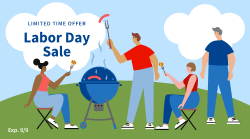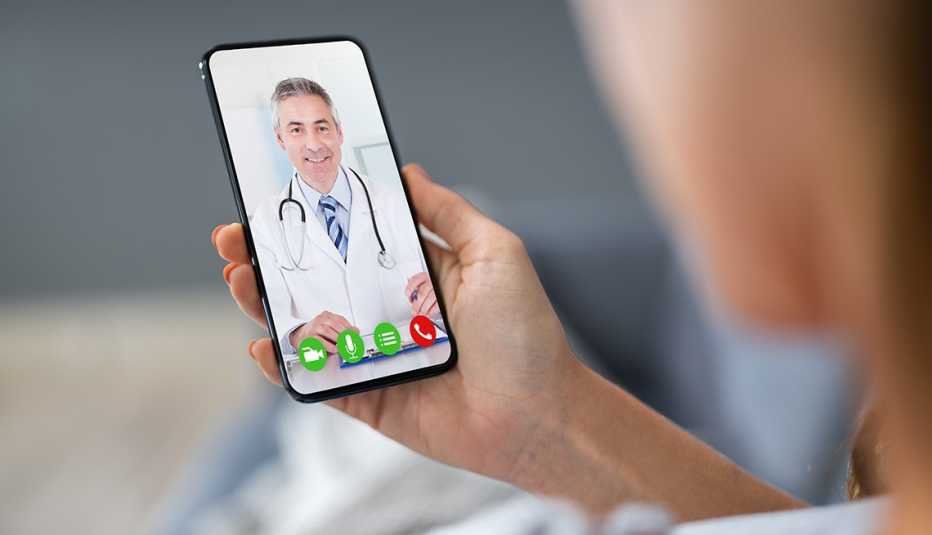AARP Hearing Center


While 2020 has been an annus horribilis for the well-being of many older Americans, experts say it did usher in at least a few healthy shifts for us all. “The one silver lining of the pandemic is that there were some really positive health trends for older adults that we expect to accelerate and continue into 2021,” says Michael Hochman, M.D., an internal medicine physician at Keck Medicine of USC in Los Angeles and host of the Healthy Skeptic, MD podcast.
Here's what to try to feel healthier in 2021:
A quick hit of mindfulness
Close your eyes and breathe deeply. The number of adults age 50 and older who turned to mindfulness apps and activities in 2020 skyrocketed, at least according to consumer electronics and fitness company Fitbit. It saw a 1,002 percent increase in meditation and a 236 percent increase in yoga in this age group, according to Fitbit's medical director, John Moore, M.D.
“We saw a 1002 percent increase in meditation, and a 236 percent increase in yoga among this age group."
If pandemic stress was a major driver of the trend, so was the more Zen-ful way people presumably felt. “People try something like meditation, and they notice that when they do it, they start to feel better — they're calmer, able to think more clearly, and even to use better reasoning when they try to interpret something in the news,” says Bruce Rabin, M.D., a professor of pathology, psychiatry and psychology at the University of Pittsburgh School of Medicine.
One 2016 UCLA study published in the Journal of Alzheimer's Disease found that people age 55 and older who enrolled in a 12-week program consisting of an hour of meditative yoga once a week plus 12 minutes of at-home meditation had significant improvements in both verbal and spatial memory.
Finding a meditative practice may also help you cope with isolation during the pandemic as you wait for your turn to get vaccinated, Rabin adds. A 2012 study published in Brain, Behavior and Immunity found that seniors who engaged in a simple eight-week meditation program had significantly decreased rates of self-reported loneliness. One of the easiest ways to incorporate mindfulness into your life is to download one of the popular meditation apps, such as Ten Percent Happier, Aura or Calm, which offer easy exercises you can do several times a day.
Virtual fitness training





































































More on health
Getting Exercise Just Got Easier
It’s as important as ever to stay active. Here are 20-plus fitness videos to get you started.Change Up Your 2021 Diet With These 'Millennial' Foods
Yes, avocado toast is on our list. Nutrition experts break down the benefits of 9 optionsWhat Should Your Diet Be Like After 50?
As our bodies change, so do our nutritional needs